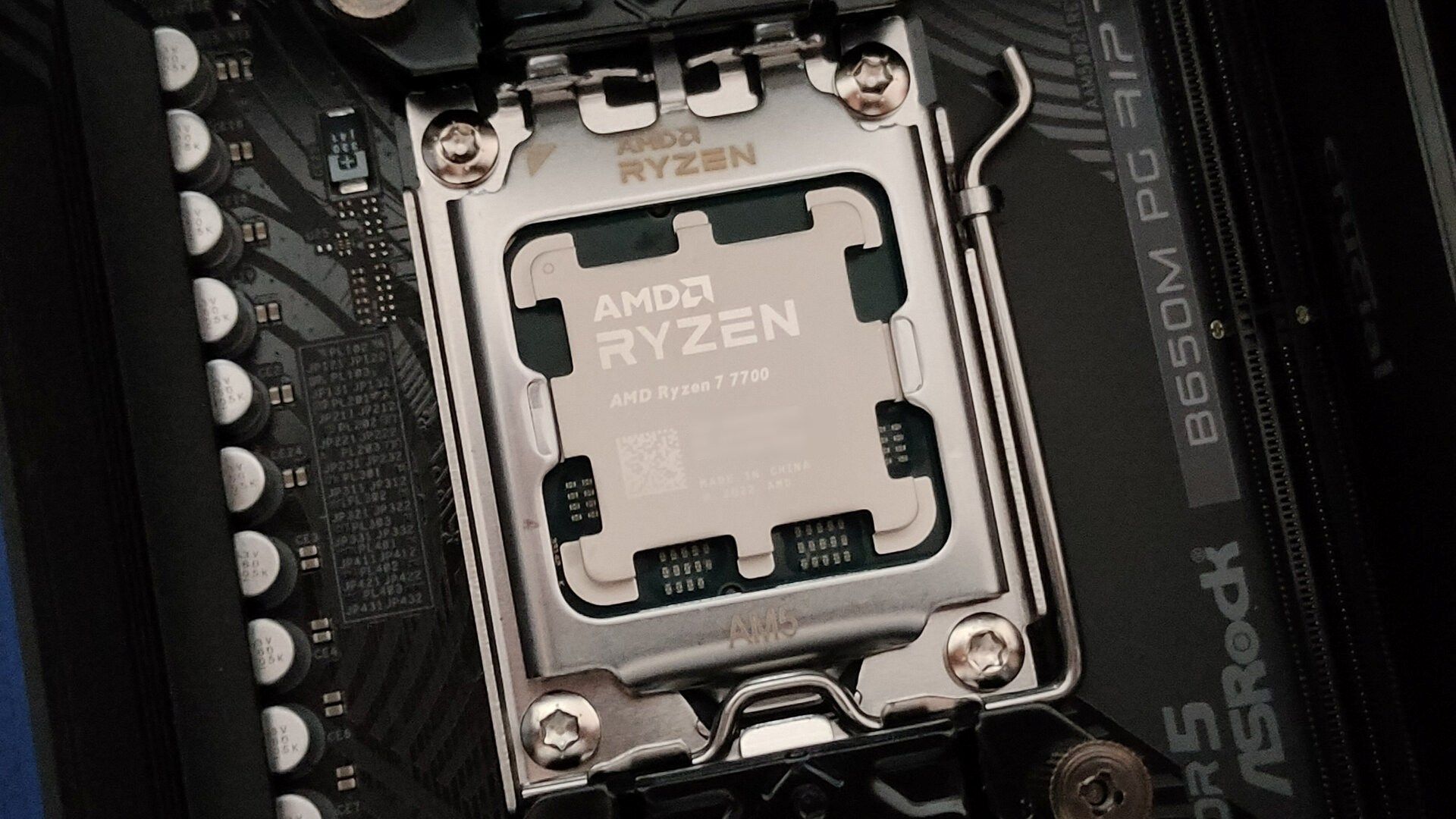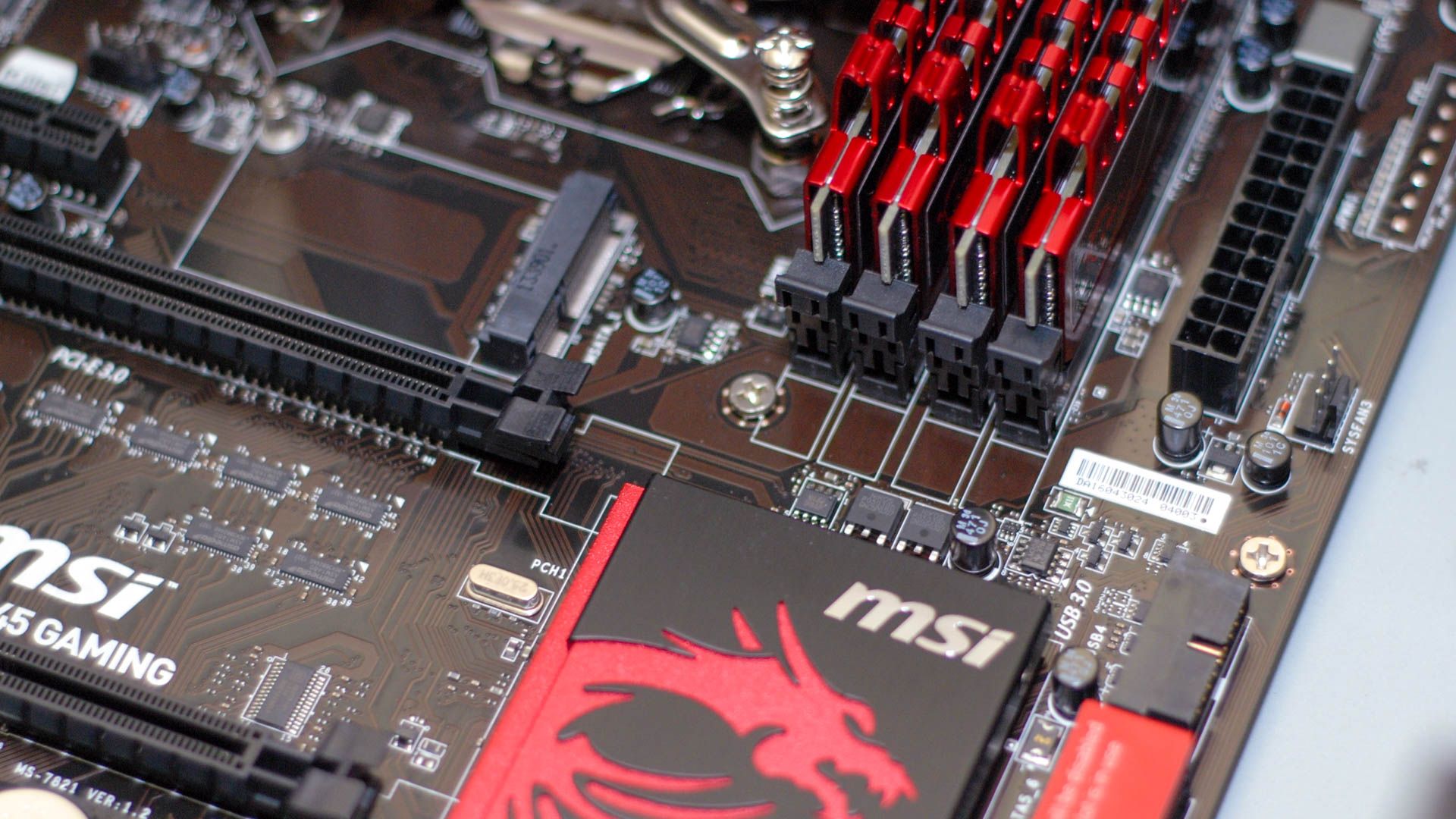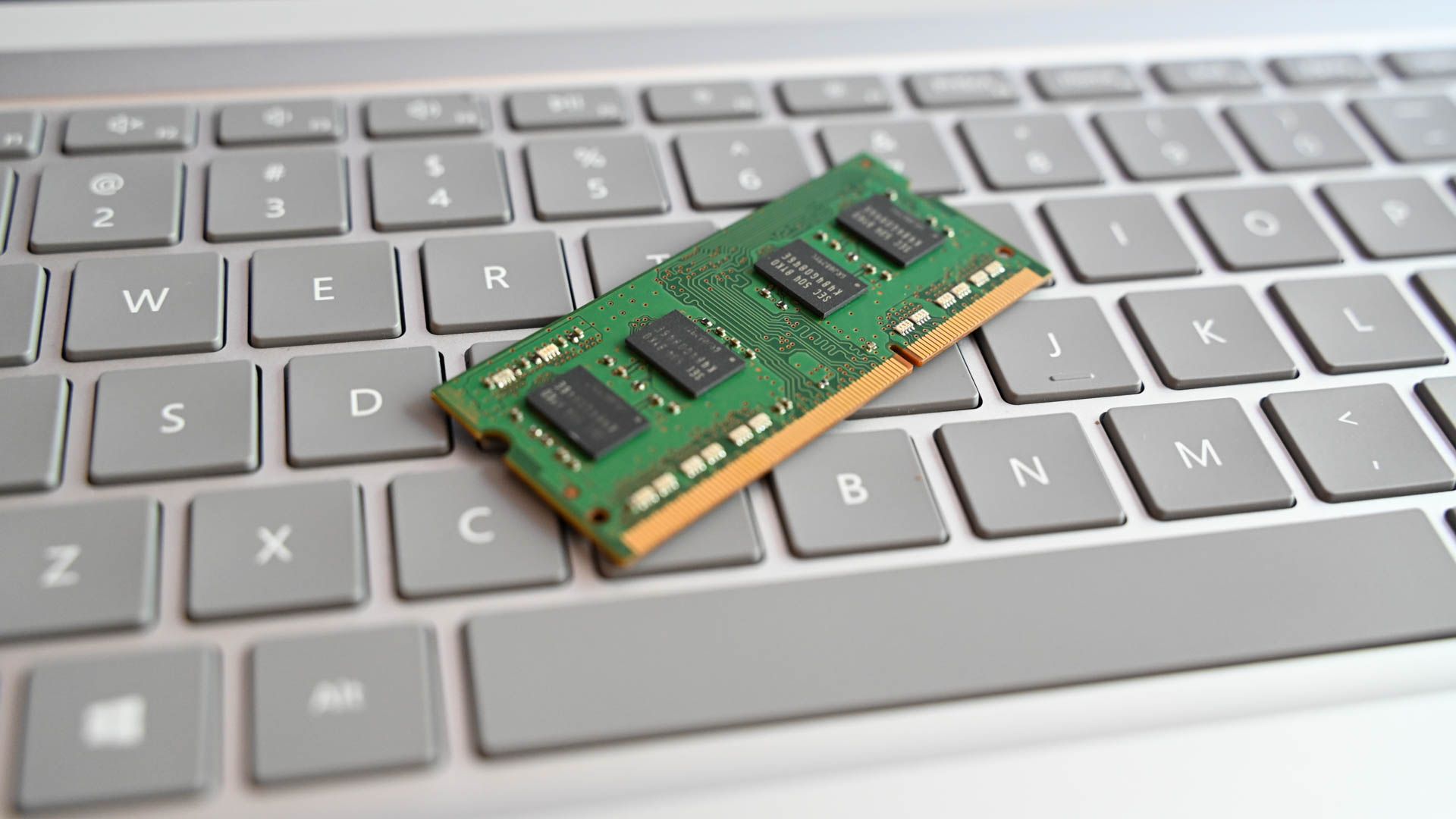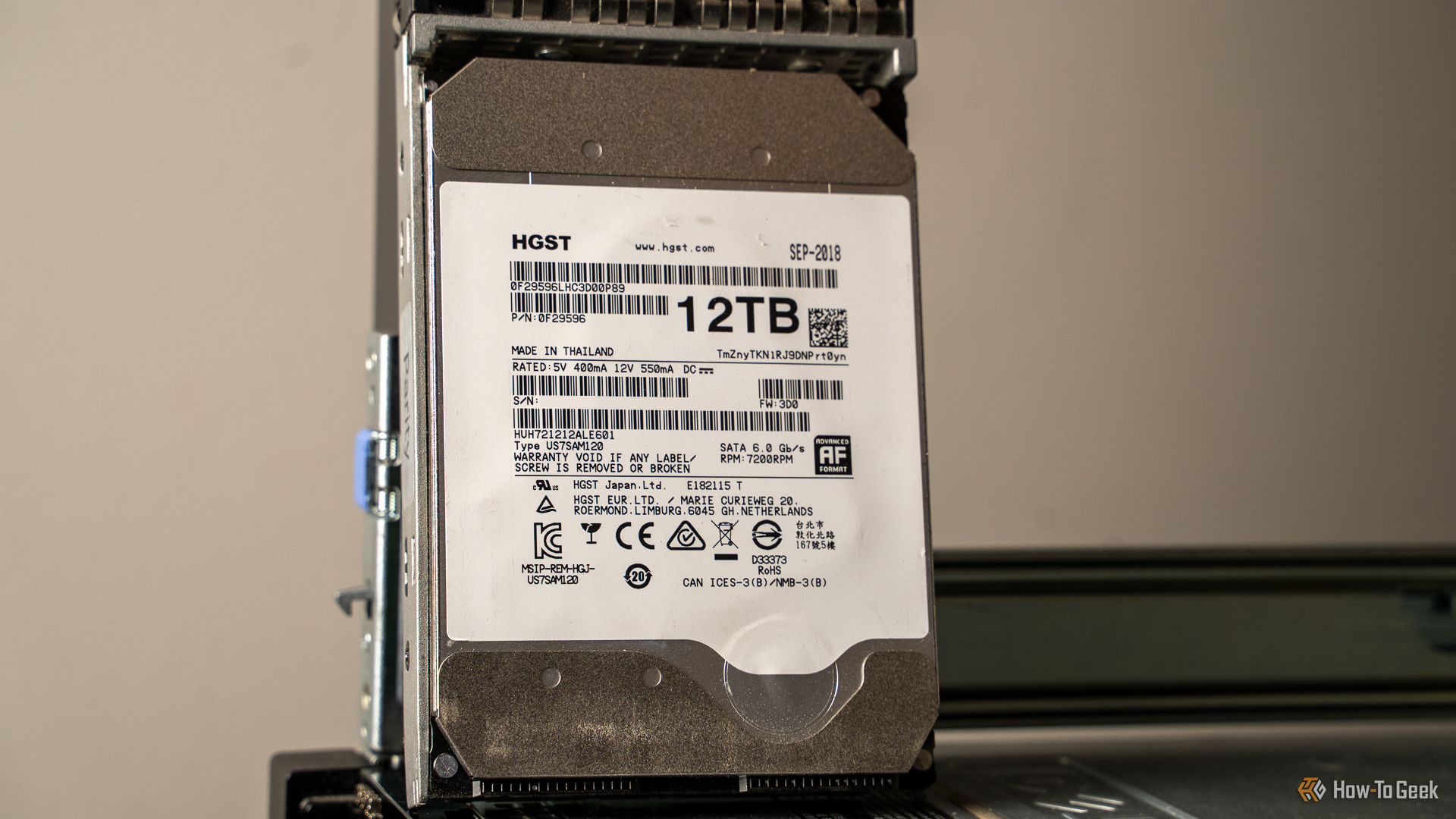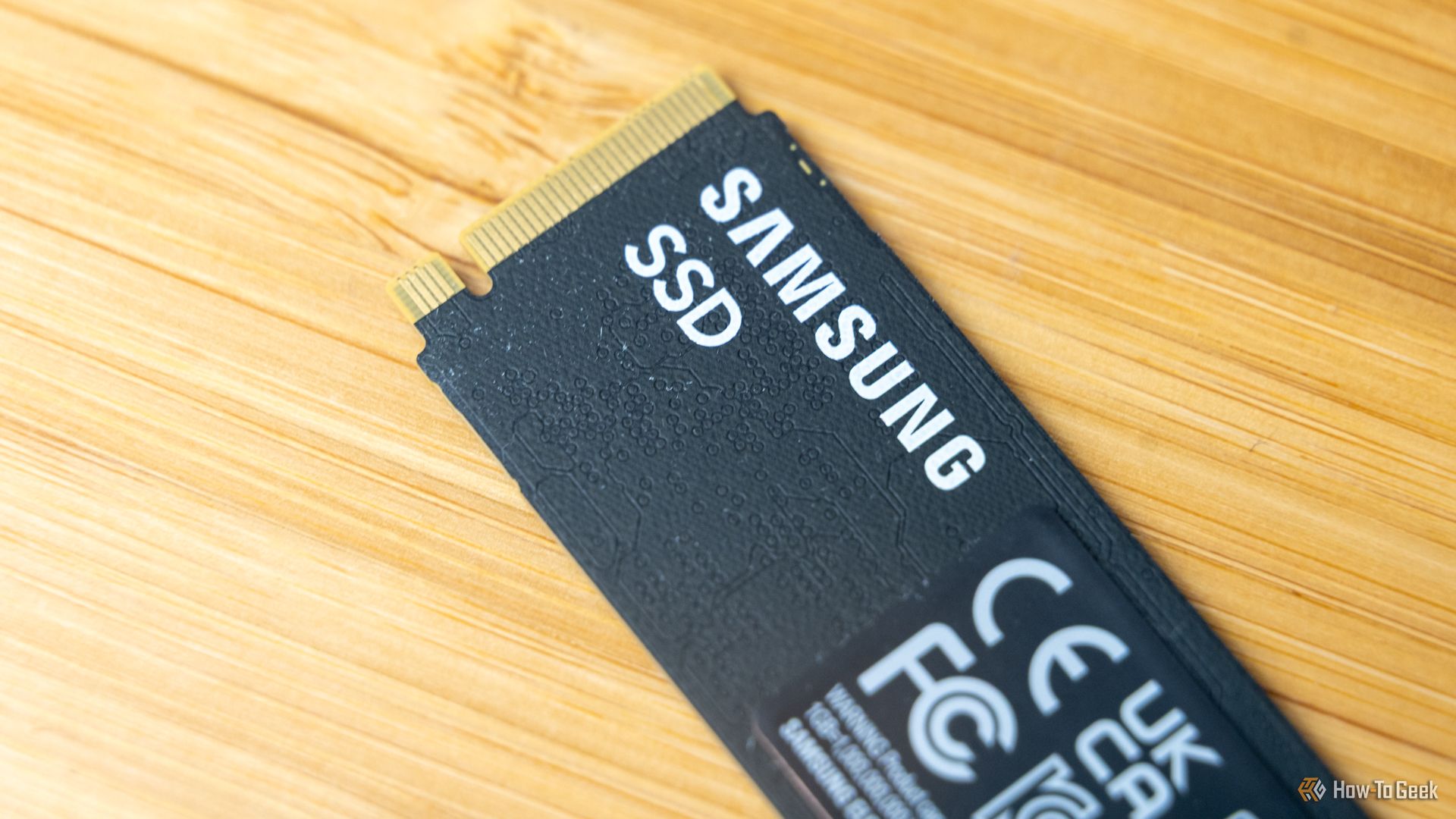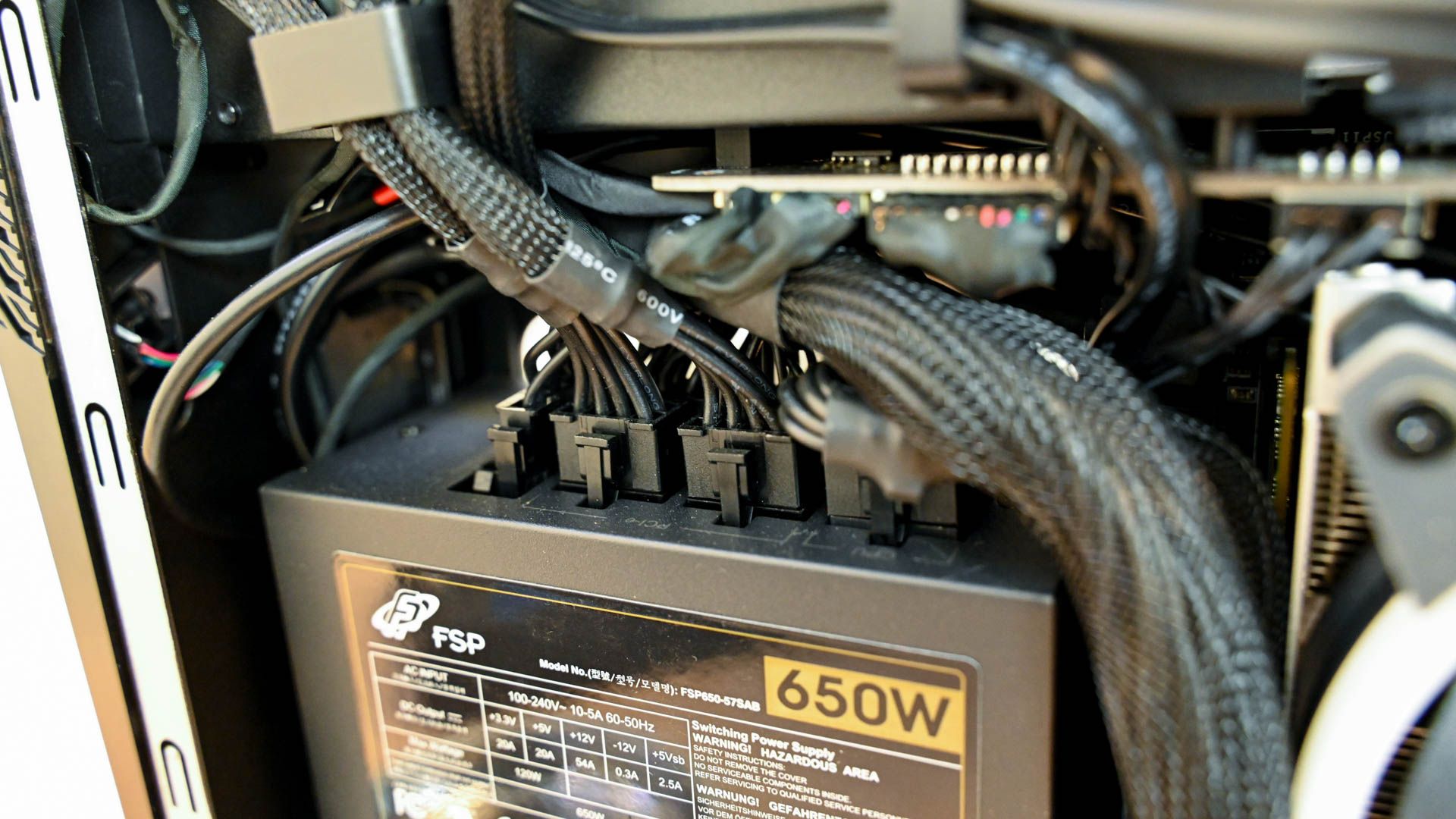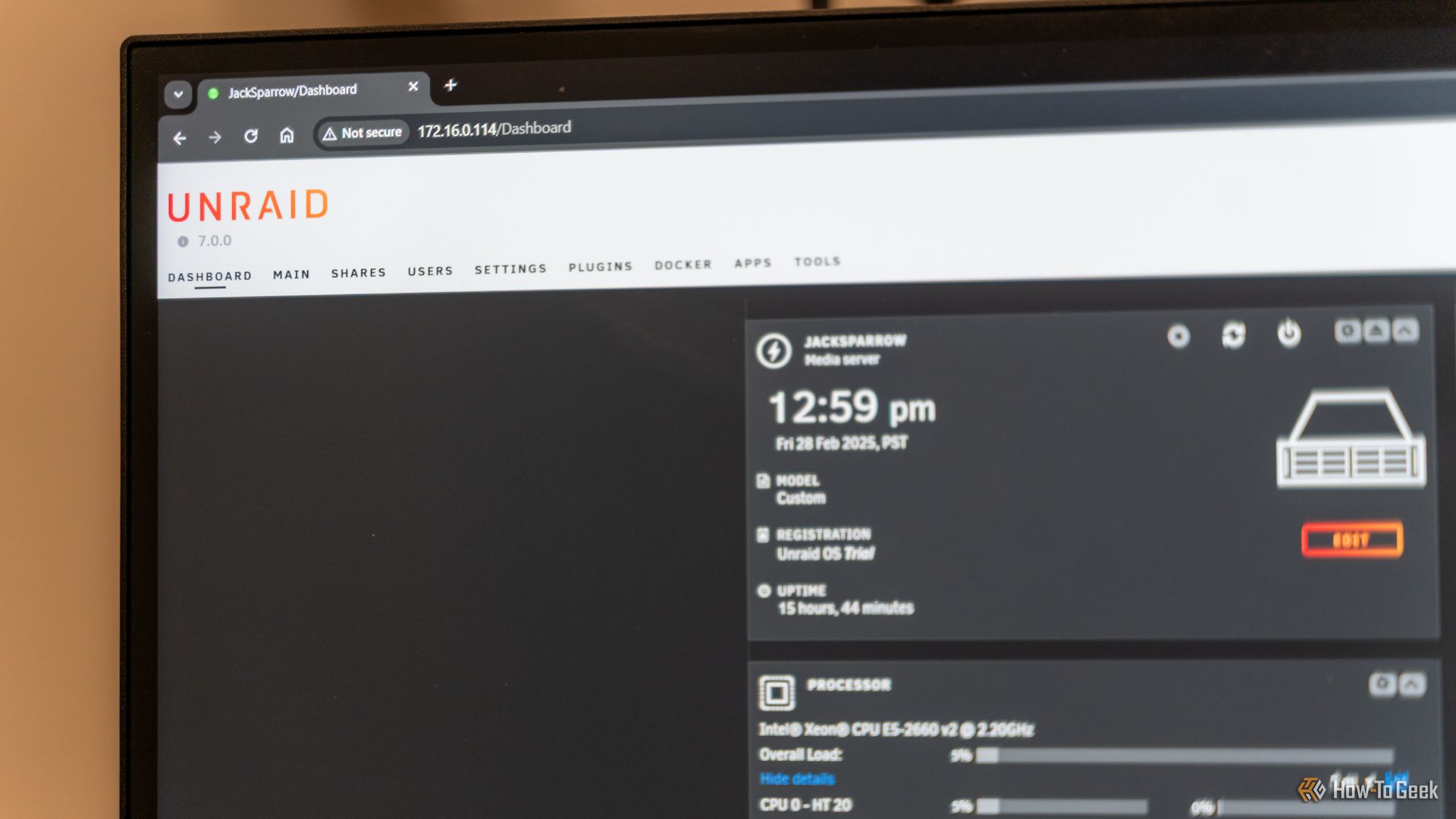While you could buy an off-the-shelf NAS, sometimes it’s better (and more fun) to build your own. From case to storage, here’s everything you need to build your very own network attached storage system.
The Case You Pick Sets the Tone for Your Build
When building a NAS, there are a lot of things to consider. The main one is what footprint you want the system to take up.
If you’re after a slim and slender build, that will determine what storage you can go with. Are you okay with a larger system? That changes things too.
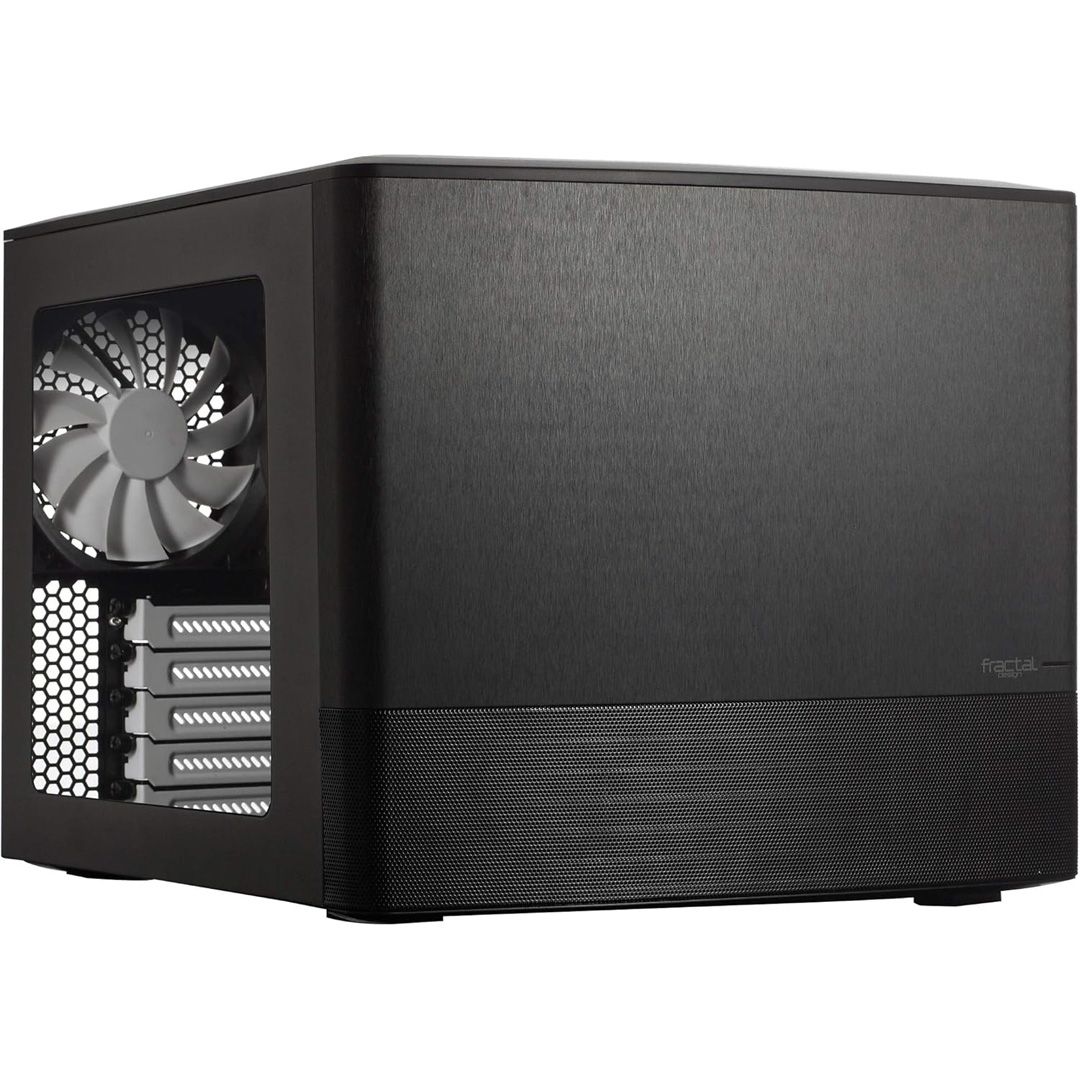
Fractal Design Node 804
The Fractal Design Node 804 case is perfect for a NAS build as it has room for eight 3.5-inch hard drives as well as both mITX and mATX motherboards. With a compact form-factor, this case will be a great house for your storage array now and into the future.
Set the tone for your build by picking the case that suits your needs best. One of NAS cases of all time is the Fractal Design Node 804. While I’ve never done a build in one, I’ve wanted to for a while. It has room for eight 3.5-inch hard drives, a moderate graphics card, and is overall a pretty compact case.
Pick the Right CPU for Your Needs
Choosing the right processor for your NAS all comes down to how much power you really need. If you’re just going to run it as a file server, then you’re totally fine with picking older tech to save some cash.
While I normally go the route of eBay myself to pick up used gear, it’s hard to deny the value that Intel’s i3-14100 has to offer. While it’s not an overly-powerful CPU, it has Intel UHD Graphics 730 built-in, which work great for transcoding Plex media and handling other similar tasks. However, I’d avoid the i3-14100F, even though it’s $30 less typically. The F means there’s no integrated GPU, making the i3-14100F not ideal for transcoding movies or shows.
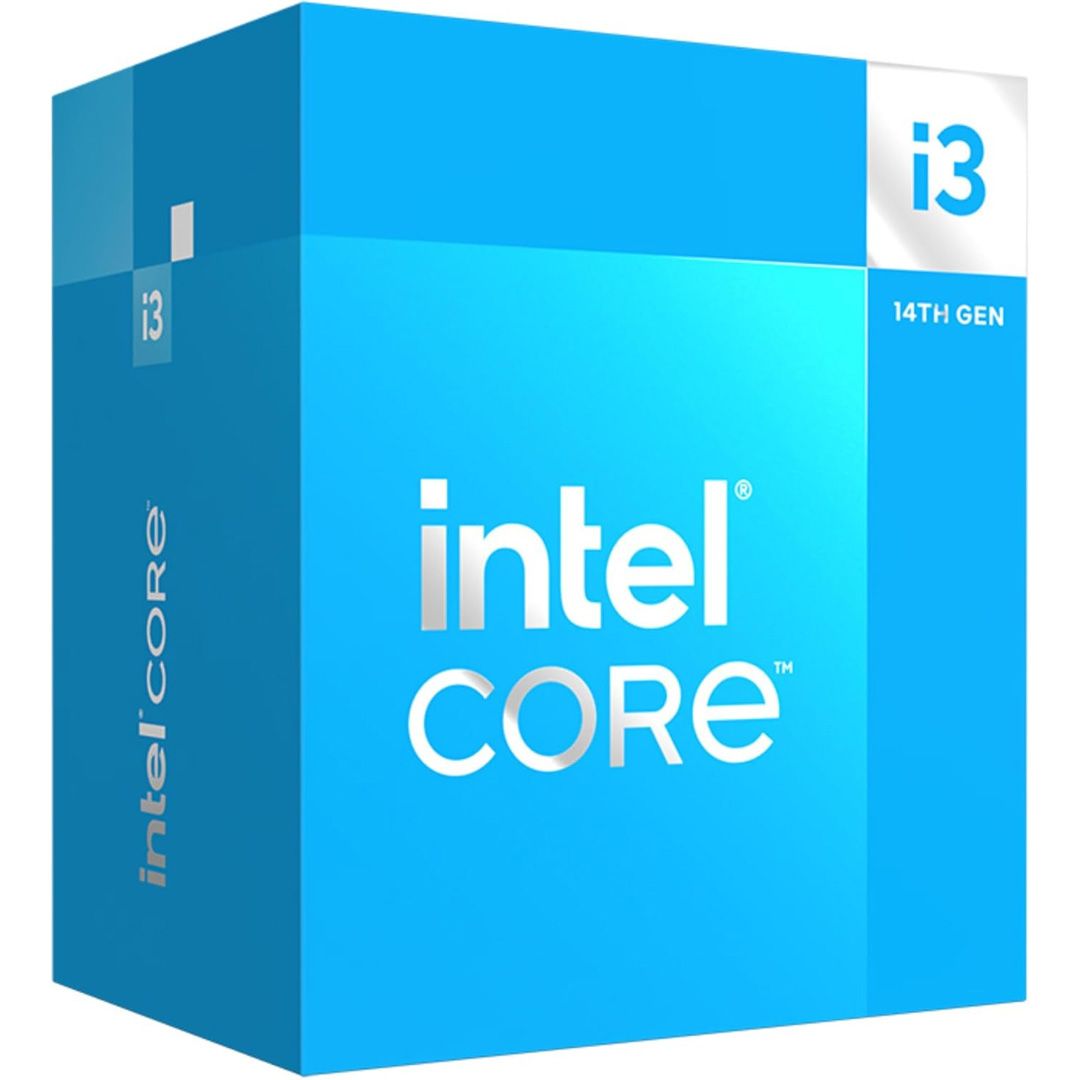
Intel Core i3-14100
The Intel i3-14100 processor features four cores and eight threads with up to a 4.7GHz clock. With PCIe 5.0 and PCIe 4.0 support, as well as DDR4 and DDR5 compatibility, this processor is great for entry-level systems as well as storage servers. It also features the Intel UHD Graphics 730 built-in, which can output up to 8K resolution and handle multiple media transcodes at one time.It also includes the Intel Laminar RM1 Cooler
At the end of the day, picking the right processor is entirely up to you. I run Xeon CPUs in my servers, and I know people who run Celeron. Just make sure that whatever CPU you pick has the features you need for your NAS, and you’ll be good.
Choose Your Motherboard Wisely
Once you have the processor for your system picked out, next comes the motherboard. This choice is almost, if not as crucial as picking the processor.
Motherboards will determine what capabilities your server has. If you go for a mini-ITX system, for instance, you’ll only have one PCIe lane, meaning you couldn’t run a storage controller and graphics card at the same time.
If you went for the Node 804 I mentioned above, then microATX could be a solid option for you. In addition to the motherboard form-factor, also check out what features it has. I like to get at least 2.5GbE LAN on my motherboards, as well as NVMe SSD support. Wi-Fi, however, isn’t as big of a deal since a NAS should be wired into Ethernet.
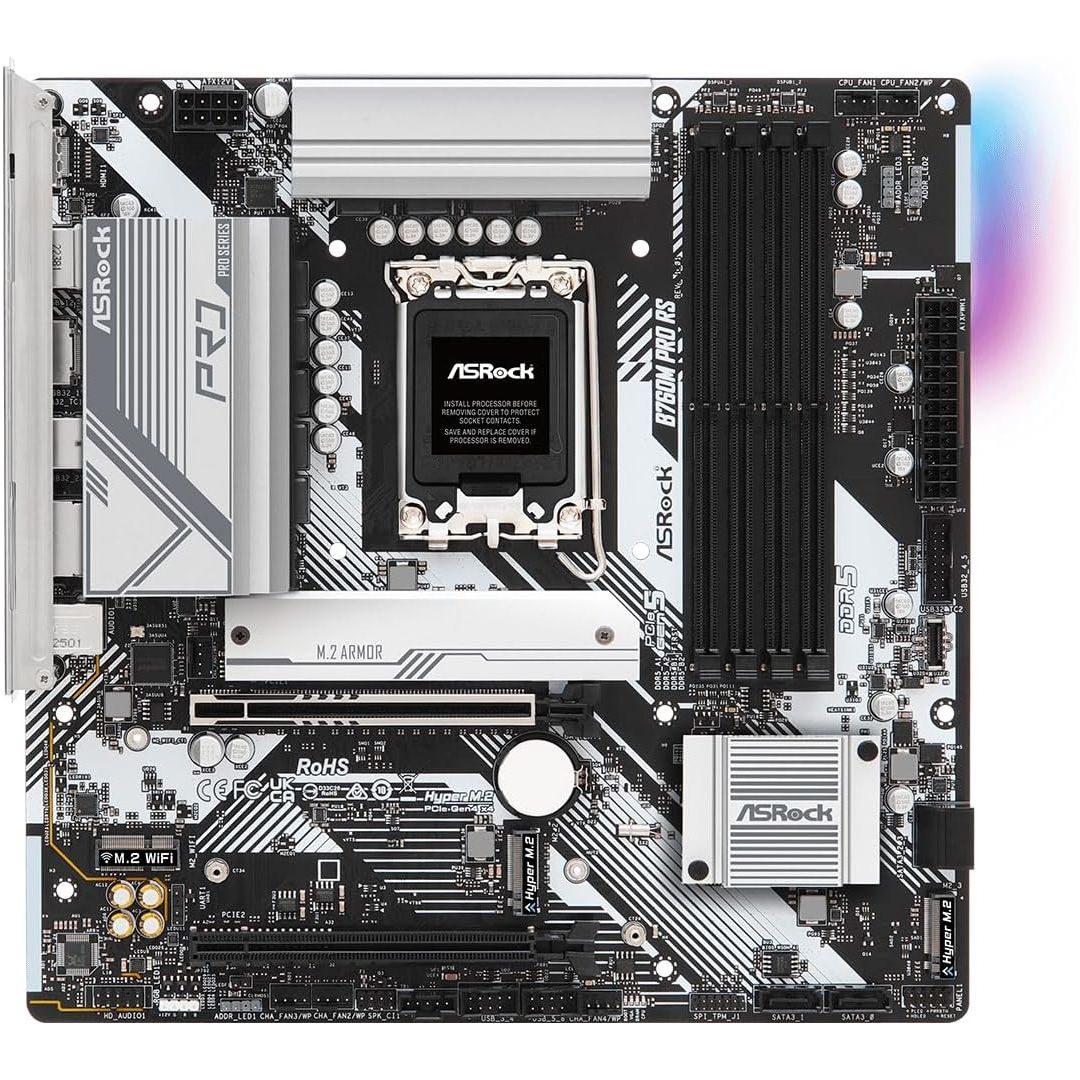
ASRock B760M Pro RS
$110 $160 Save
$50
The ASRock B760M Pro RS motherboard is compatible with both Intel 12th, 13th, and 14th Generation processors. It supports DDR5 memory, has one PCIe 5.0 x16 slot and one PCIe 3.0 x16 slot, alongside four SATA3 connectors and three M.2 slots. With onboard 2.5GbE LAN, built-in Wi-Fi and Bluetooth, as well as support for both USB-A and USB-C onboard, this motherboard is a great entry-level option for both gaming PCs and mini servers alike.
The ASRock B760M Pro RS checks all those boxes and supports the i3-14100. It has 2.5GbE LAN, three M.2 NVMe drive slots, four SATA ports, two PCIe x16 slots, and more.
Don’t Skimp on RAM
RAM is something that a lot of people don’t put a lot of thought (or money) into when it comes to a NAS. Truthfully, your NAS should have at least 16GB of RAM.
While not a hard and fast rule, a good rule of thumb is 1GB of RAM for every 1TB of storage you have. Though I’d love to recommend 64GB of RAM for this NAS, to keep the budget in mind I’d recommend checking out Crucial’s 16GB DDR5 RAM kit which would be a good starting point for most servers. It’s on the lower end of DDR5 performance, but still blows even DDR4 high-end sticks out of the water in specs.
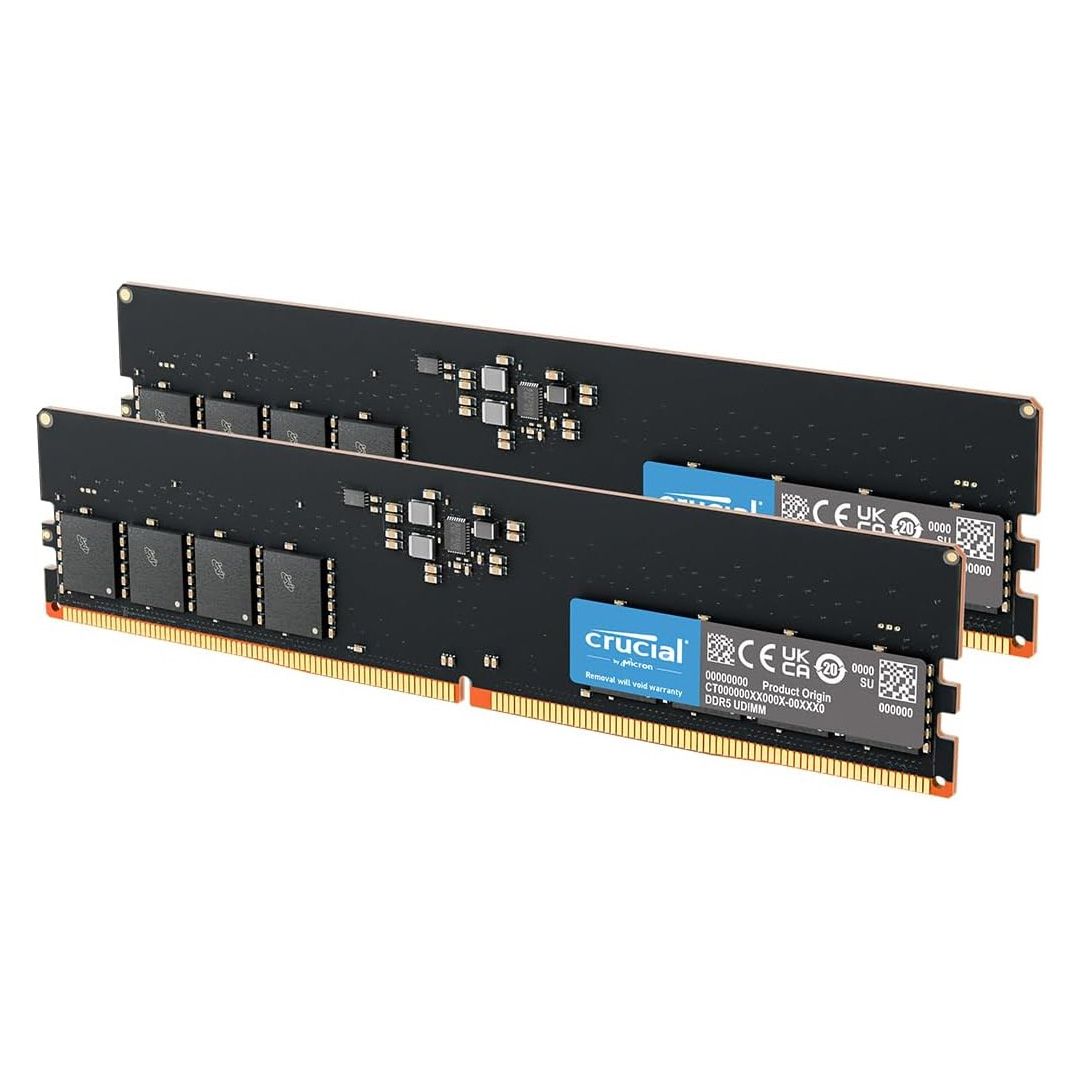
Crucial RAM 16GB Kit (2x8GB) DDR5 4800MHz
This Crucial DDR5 RAM 16GB Kit comes with two 8GB sticks and is clocked at 4800MHz. While this is more of an entry-level kit, and doesn’t take advantage of the extreme speeds that DDR5 is capable of, it’ll be a reliable, budget-friendly setup for your gaming PC or server.
Really, the more RAM you can afford, the better. If you can afford to put 64GB of DDR5 RAM or more in the system, go with that. It never hurts to have more RAM in your system.
Get NAS-Rated Hard Drives
Your hard drives are an area to never skimp on. While you could go without NAS-rated HDDs, it’s not recommended. With a NAS, those drives are effectively running 24/7/365, and often writing quite a lot of data.
This means you should have a drive that’s capable of handling that type of stress. You don’t have to buy new drives, though. I typically get refurbished or remanufactured drives for my servers to save some cash.
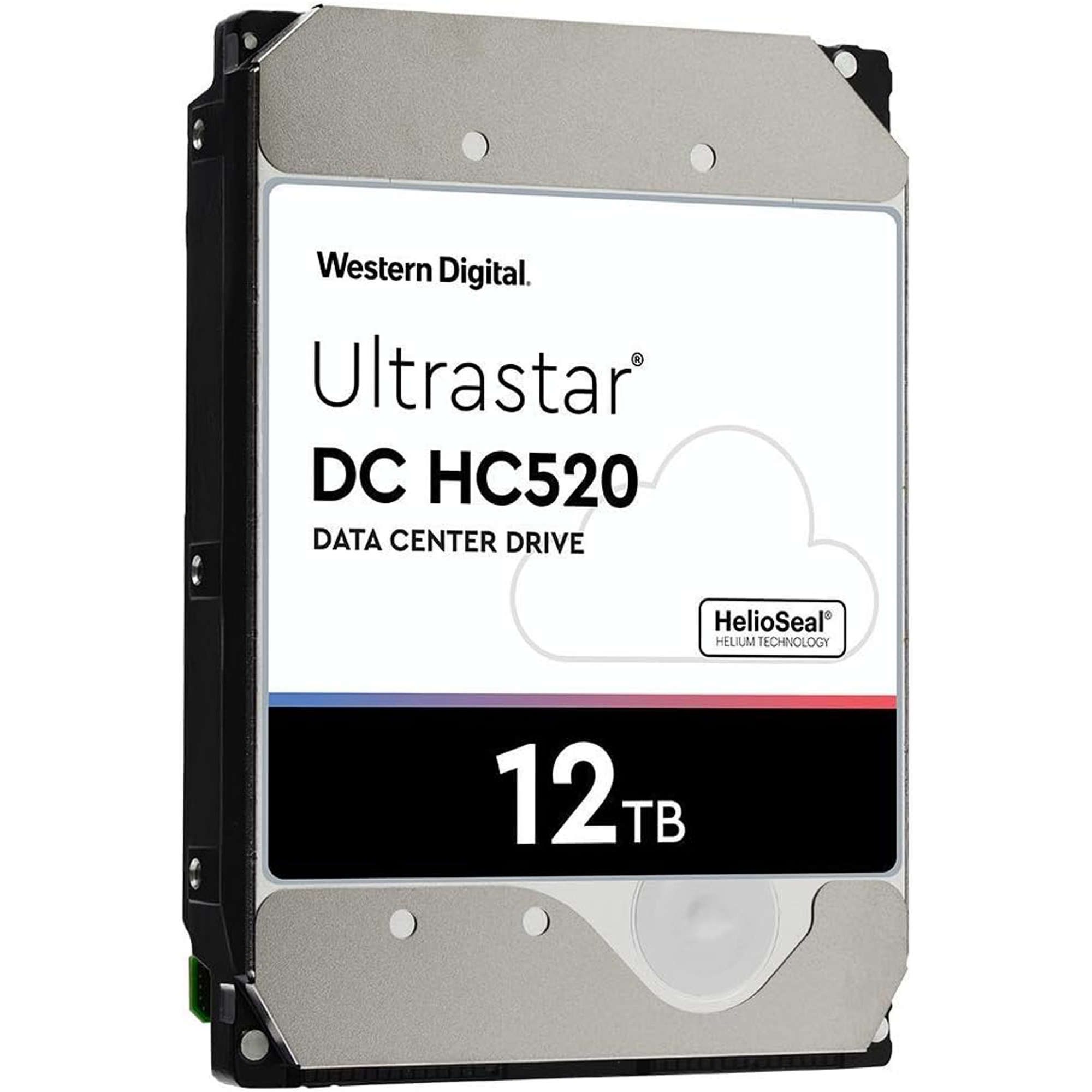
HGST Ultrastar 12TB Helium NAS HDD
The HGST / WD Ultrastar 12TB Helium NAS hard drive offers 256MB of cache, spins at 7200RPM, and is data center-grade to deliver optimal performance and longevity to your network storage system.
However, just make sure whatever drive you go with is rated for NAS use. My personal favorite drive, and what’s in my NAS right now, is this refurbished HGST WD Ultrastar 12TB, delivering a solid price per TB alongside a five-year warranty.
An SSD or Two Never Hurts
While you’ll have plenty of spinning disk storage in your NAS most likely, it doesn’t hurt to put a SSD or two in there. Depending on your operating system, having an SSD in your system could really speed up data transfer times with caching. You could also use an SSD to store things like virtual machines, Docker apps, and more.
I’d recommend going the route of M.2 NVMe storage for both cache and boot (if your operating system supports booting from an M.2 drive). If you build out the system like I have so far, with the ASROCK B760M motherboard, you’ll only have three SATA ports to run your drives on. Using one of the three M.2 slots for NVMe cache storage and one for NVMe boot storage ensures that those SATA ports stay free to plug the mass storage HDDs in.
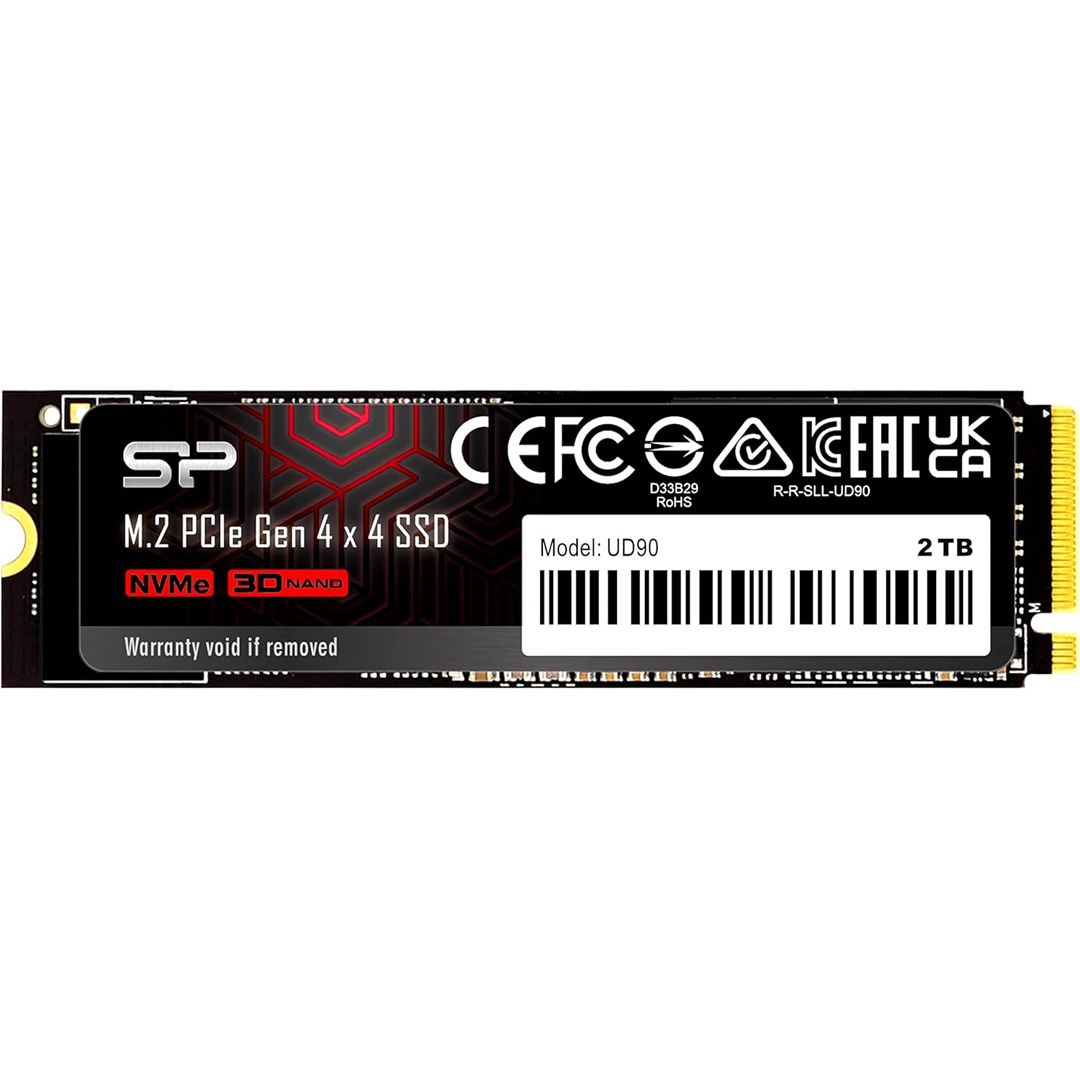
Silicon Power 2TB UD90 NVMe 4.0 M.2 SSD
The Silicon Power 2TB UD90 NVMe 4.0 M.2 SSD features read speeds of up to 5,000MB/s, with write speeds nearly matching at 4,800MB/s. Running on a PCIe 4.0×4 lane, this M.2 SSD is perfect for your mass storage needs. It has 2TB of space and takes up hardly any room in your system, leaving SATA ports free for mass storage drives on servers, too.
My servers run a variety of M.2 NVMe SSDs, but this Silicon Power 2TB PCIe 4.0 drive would be a great choice for your cache. It has solid read/write speeds and is fairly affordable too. Then, for your boot, Silicon Power saves the day again with an affordable 256GB boot drive.
Determine If a GPU Fits Your Use Case
While the i3-14100 has the UHD 730 integrated GPU, you’ll find that sometimes a dedicated graphics card suits your needs better. Whether you’re running AI workloads or just want more transcoding options in Plex or Emby, a dedicated graphics card can really up your server’s abilities.
This is very much a personal preference, however. I’d recommend sticking with NVIDIA for your GPU of choice. While AMD is some solid cards, they aren’t quite as supported as CUDA and NVENC when it comes to encoding/decoding and AI workloads, making NVIDIA a clear winner.
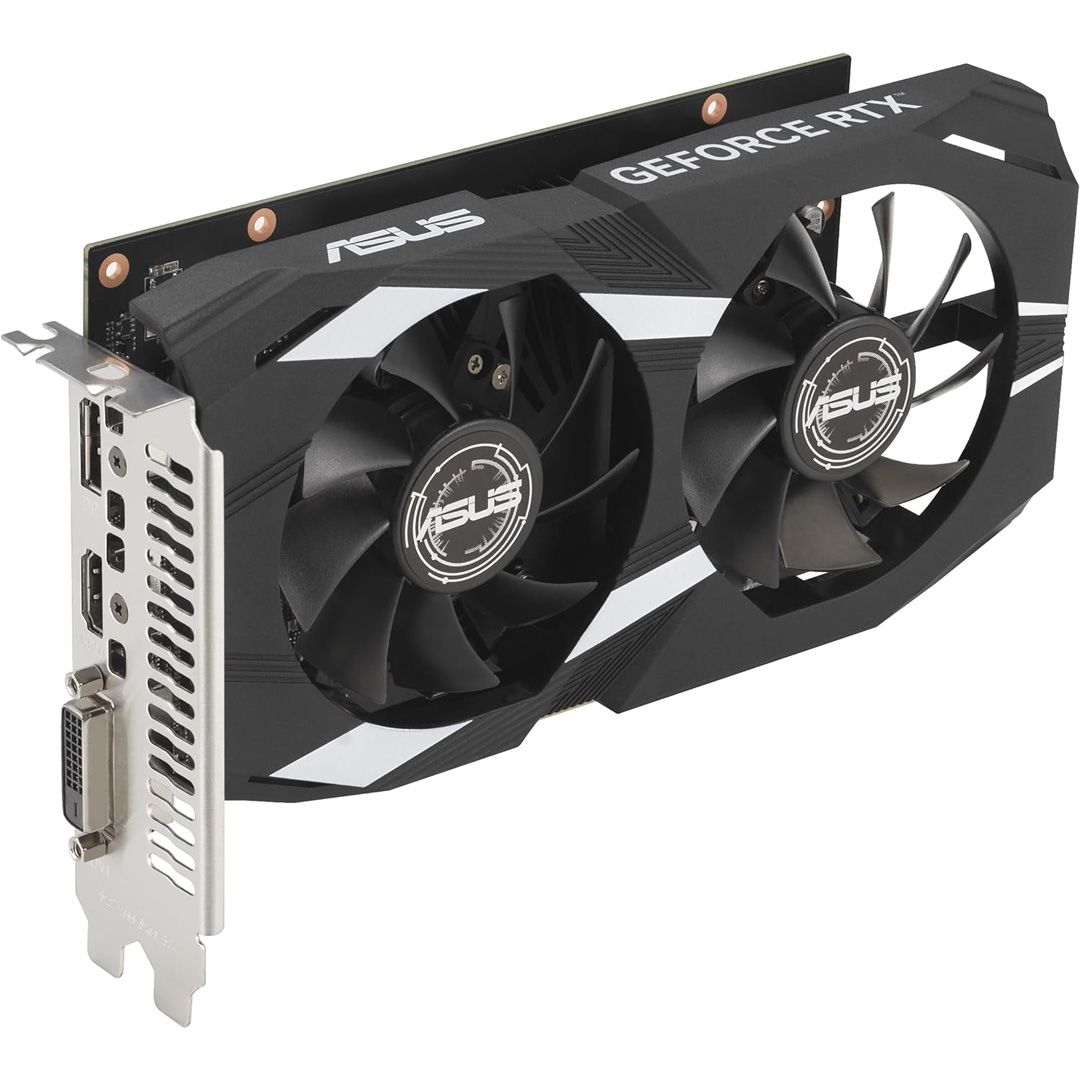
ASUS Dual NVIDIA GeForce RTX 3050 6GB OC
The ASUS Dual RTX 3050 6GB OC GPU is a solid entry-level graphics card for any use case. Whether you’re wanting to use it for transcoding media in your Plex server, or enjoy your favorite games at 1080p, it’s a great choice for those on a budget. It has 6GB of VRAM, and doesn’t even require separate power inputs, as it can pull all it needs through the PCIe port bus.
I typically reuse old graphics cards for this purpose, but the RTX 3050 6GB is actually a really solid choice right now. It’ll handle up to eight transcoding sessions with Plex natively, and well over 20 transcoding streams. Plus, it’s even bus-powered, so you don’t have to run a dedicated PCIe power plug to it.
Check How Much Power Your System Will Draw
Once you have all your components picked out, then you should check to see what your system will draw. My favorite way to do this is with PCPartPicker, as it’ll give you a system power total that includes even things like how much power your RAM and NVMe drives need to run.
Using the parts that I’ve mentioned here, including four of the Ultrastar 12TB drives, the system will only draw a max of 349W according to PCPartPicker. This means you could easily get away with a 600W power supply, which is typically the lowest that I recommend going.
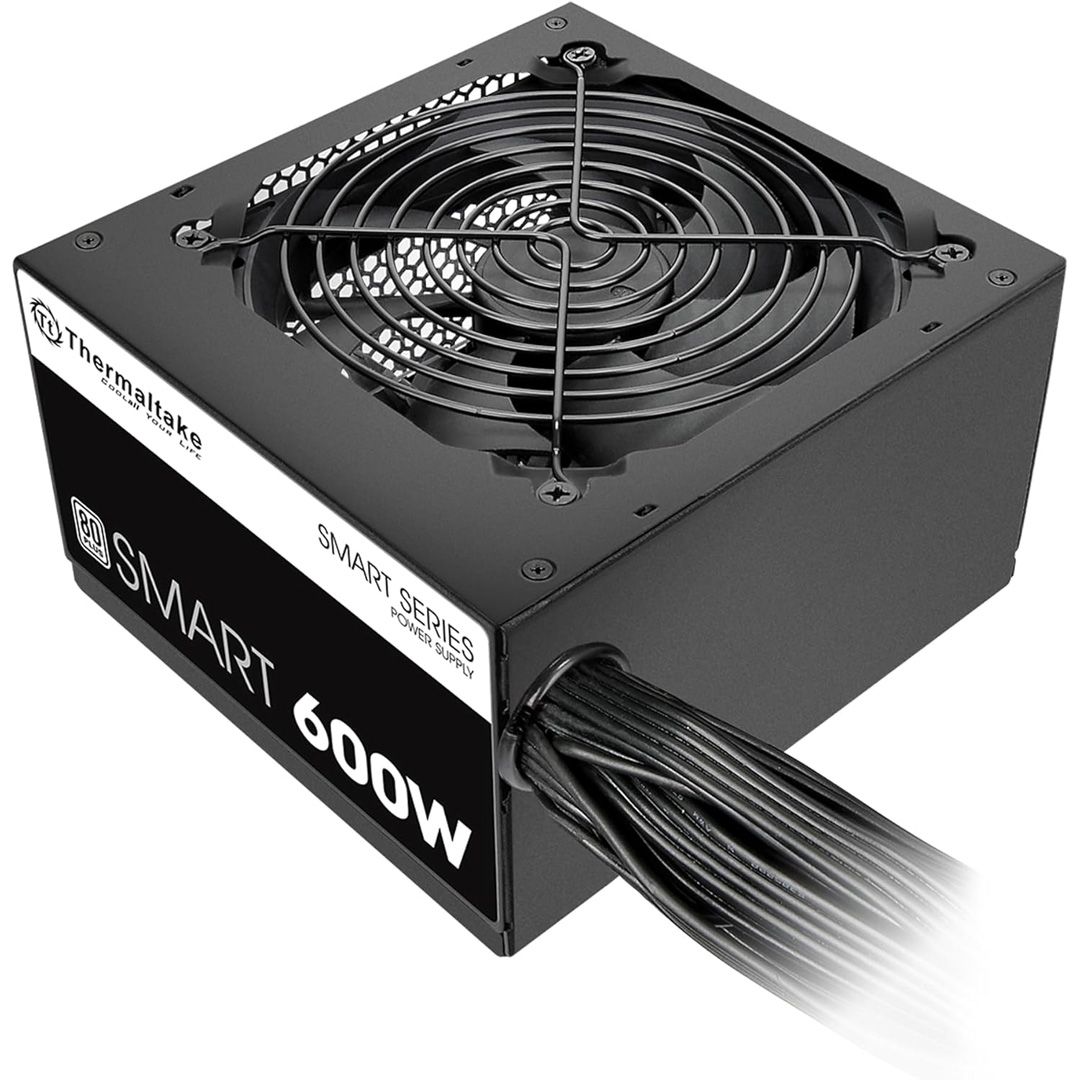
Thermaltake Smart Series 600W
$41 $55 Save
$14
The Thermaltake Smart Series 600W power supply is an 80+ rated PSU that’s designed to run any ATX-powered desktop. This includes just about all modern PCs and you’ll find that the built-in cable bundle has support for both SATA and PCIe devices natively. With 600W of power, this PSU can even run entry-level to moderate gaming PCs without breaking a sweat.
If you plan to add beefier components in the future, then you might want to upsize at the start. But I’d think that a simple 600W PSU like this one from Thermaltake would do you quite well for your NAS needs.
Pick the Best OS for Your Needs
Now that you have all the hardware picked out, it’s time to pick an operating system. I’d recommend avoiding Windows, not because of licensing, but just because it’s not built to run a NAS. It doesn’t have the RAID or redundancy that you’ll want, and shares can be really weird in Windows.
The two operating systems I’d recommend are TrueNAS and Unraid. I’ve already gone in-depth as to why I feel Unraid is superior for the average NAS, but the choice really is yours. TrueNAS is free and based on ZFS, while Unraid is a paid operating system which uses its own parity system for redundancy.
As specced in this article, buying all the components from Amazon today would cost you right around $1,350 USD. That would give you 48TB of raw storage, 36TB of usable storage with RAID, and 2TB of NVMe cache plus a boot drive.
If you do go the route of Unraid, then be sure to pick up a 32GB USB 2 flash drive. Yes, USB 2 and only 32GB. They’re cheap and readily available at Best Buy, and Unraid requires a USB drive to boot from, which actually gives you that 256GB SSD as an extra drive in the system for another purpose if you want.


